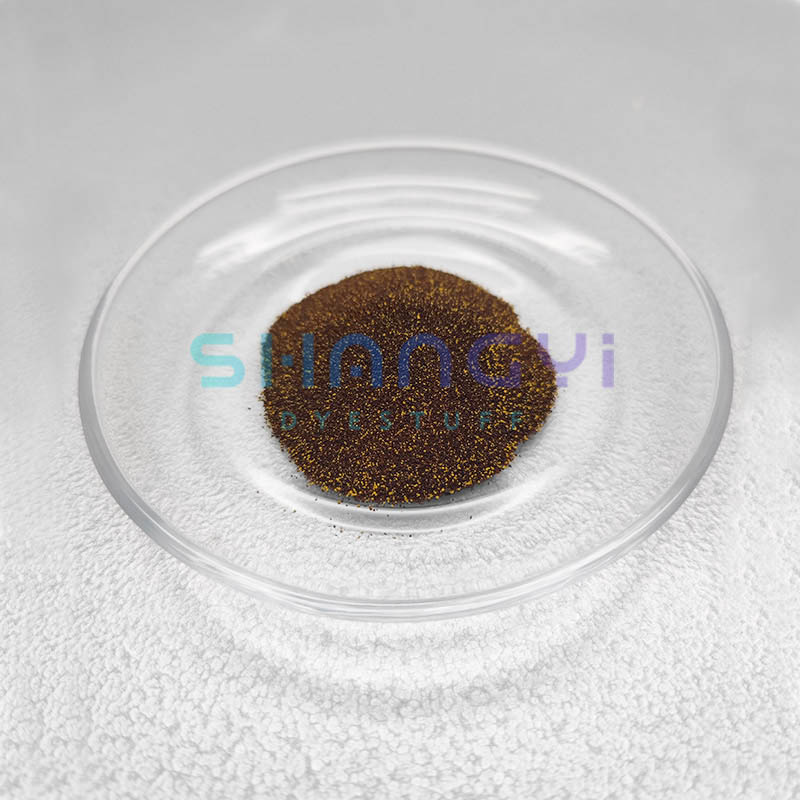Unveiling the Physical and Chemical Properties of Disperse Scarlet CSN
2024-03-07
Disperse Scarlet CSN, a vibrant synthetic dye, possesses a distinctive set of physical and chemical properties that make it indispensable in various industries. Understanding these properties provides insights into the behavior and applications of Disperse Scarlet CSN. In this blog post, we'll explore the physical and chemical characteristics of Disperse Scarlet CSN, shedding light on its composition, behavior, and versatility.
1. Molecular Structure:
At its core, Disperse Scarlet CSN is characterized by its molecular structure, which consists of aromatic compounds and functional groups that determine its coloration properties and solubility. The arrangement of atoms within the molecule plays a crucial role in its interactions with substrates and other chemicals.
2. Color and Hue:
One of the defining characteristics of Disperse Scarlet CSN is its vibrant red hue. The dye exhibits intense coloration, lending rich and deep red tones to textiles, plastics, and other materials. Its vivid color makes it a popular choice for adding visual impact and aesthetic appeal to a wide range of products.
3. Solubility and Compatibility:
Disperse Scarlet CSN is primarily soluble in organic solvents and exhibits limited solubility in water. This solubility profile allows for ease of application in various dyeing processes, particularly those involving synthetic fibers such as polyester, acetate, and nylon. The dye's compatibility with different substrates contributes to its versatility and widespread usage.
4. Heat Stability:
Another noteworthy property of Disperse Scarlet CSN is its stability under heat. The dye demonstrates resilience to elevated temperatures encountered during dyeing processes, ensuring color retention and uniformity even under harsh conditions. This heat stability is essential for achieving consistent results in industrial dyeing applications.
5. Lightfastness and Colorfastness:
Disperse Scarlet CSN exhibits excellent lightfastness and colorfastness, resisting fading and degradation when exposed to ultraviolet (UV) radiation and environmental factors such as washing and abrasion. This property ensures that dyed materials retain their vibrant red coloration over time, maintaining their visual appeal and longevity.
6. Chemical Reactivity:
As a synthetic dye, Disperse Scarlet CSN undergoes chemical reactions with substrates to form strong bonds, resulting in permanent coloration. Its chemical reactivity allows for deep penetration into synthetic fibers, ensuring uniform dye distribution and long-lasting color retention.
7. Environmental Impact:
While Disperse Scarlet CSN offers numerous benefits in terms of coloration and performance, it's essential to consider its environmental impact. Efforts are underway to develop eco-friendly alternatives and sustainable practices to mitigate the environmental footprint associated with the production and usage of synthetic dyes.
In conclusion, the physical and chemical properties of Disperse Scarlet CSN play a pivotal role in its efficacy and versatility as a synthetic dye. From its vibrant color and heat stability to its solubility and chemical reactivity, these properties contribute to its widespread usage across industries. By understanding the unique characteristics of Disperse Scarlet CSN, we gain valuable insights into its applications and potential for innovation in the field of coloration and textile chemistry.



